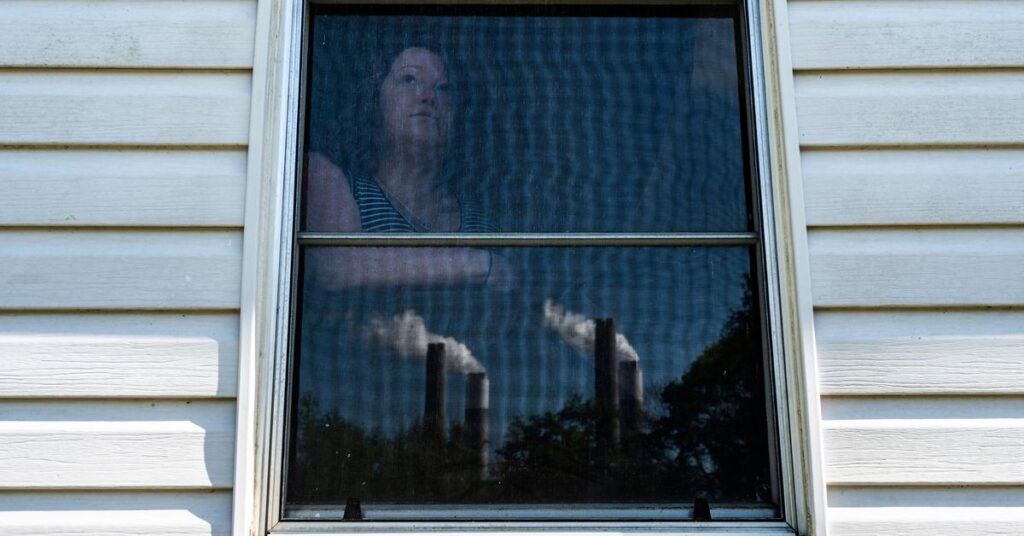In 2013, President Barack Obama announced on a blisteringly hot June day at Georgetown University that his administration would be taking historic action to address power plant pollution — an attempt ultimately blocked in court.
The Biden administration’s rollout of the new rules on Thursday was a more understated affair. Instead of a big presidential announcement, EPA administrator Michael Regan spoke from the University of Maryland about the agency’s third attempt at regulating power plant pollution from existing plants, explaining “these aren’t restrictions, as some would say,” but about “seizing the moment and understanding that we have an obligation” to leave a healthier planet behind.
The proposed rules are a less elegant and splashy solution than the Obama-era Clean Power Plan, but the complex set of proposals also stands a better chance of withstanding court scrutiny. The EPA breaks down requirements based on the type of plant, its size, and how often it is in use. Utilities, working with states, would ultimately decide how to meet the EPA’s emissions rates by choosing among available technologies. Coal plants, for instance, could fire less carbon-intensive fuels such as hydrogen and gas, to supplement coal. Coal and gas plants can also install carbon capture and storage or sequestration, a technology that removes carbon dioxide at the smokestack to eventually store it underground. Or a plant could bypass all this if it sets a retirement date in the medium term.
As a result, existing coal plants would cut their carbon pollution 90 percent by the end of the decade, unless a plant sets a retirement date before 2040. Existing gas plants get more leeway — only the largest gas plants, less than a third in operation, will have to slash their pollution by 90 percent by 2035.
The EPA makes a dent in coal pollution especially, but it doesn’t eliminate power plant pollution entirely. It leaves a mixed bag of winners and losers.
Read the full article here





